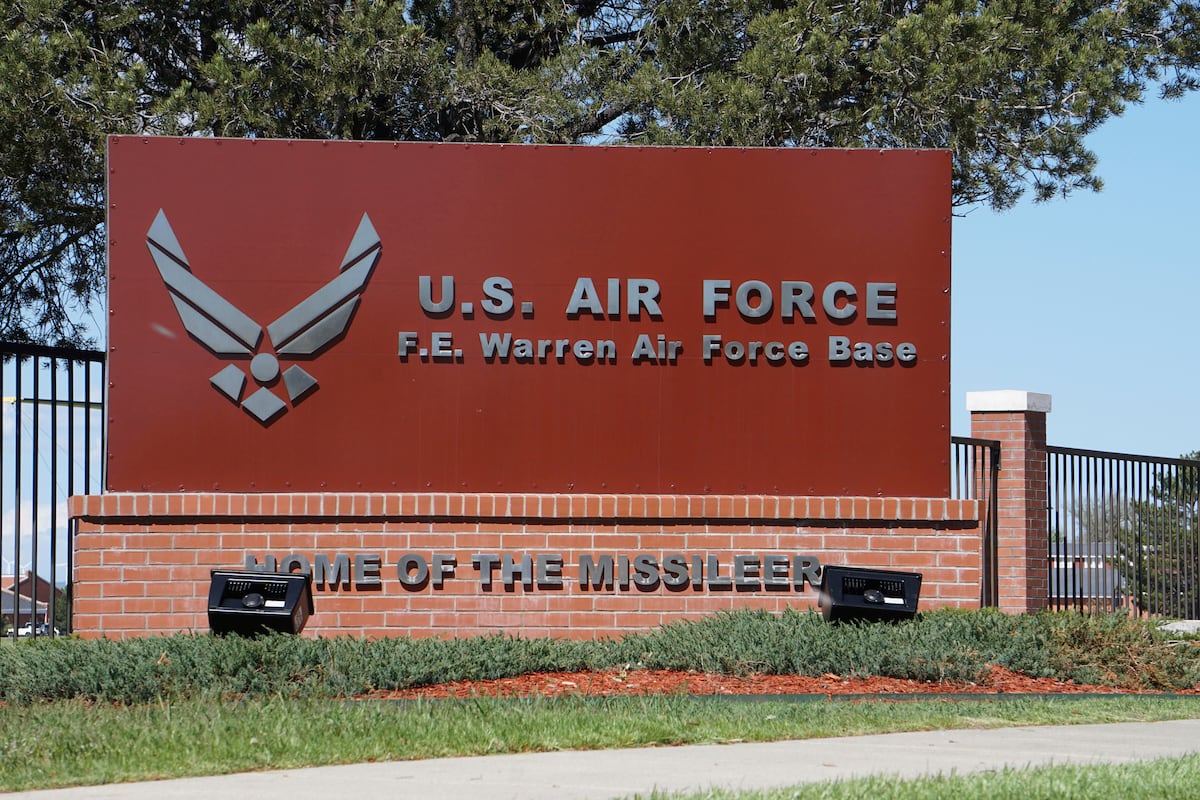Advancements in Autonomous Aerial Platforms: Innovations by Korean Aerospace Industries
Introduction to K-AI Pilot Technology
At the recent Seoul exhibition, Korean Aerospace Industries (KAI) unveiled its ambitious proposal to replace human pilots with an artificial intelligence (AI) pilot, the K-AI Pilot. This initiative is currently being tested on the Adaptable Aerial Platform (AAP), which serves as a key testing ground for this innovative technology.
Features of the K-AI Pilot
The K-AI Pilot technology leverages a number of sophisticated capabilities:
- Autonomous Navigation: The system is designed to navigate through waypoints, autonomously avoid obstacles, and significantly lessen the operator’s workload.
- Target Recognition: Thanks to advanced automatic target recognition (ATR) algorithms, the K-AI Pilot can accurately identify targets, including sophisticated systems like transport-erector launchers. KAI representatives indicated that future iterations could enhance this capability to detect multiple targets simultaneously.
- Machine Learning: The K-AI Pilot employs machine learning, allowing the virtual pilot to learn and adapt from each mission, progressively increasing its proficiency in obstacle avoidance and target recognition.
- Team Coordination: While currently deployed on a single airframe, KAI is eyeing future developments that will enable swarms of autonomous aircraft to execute complex missions collectively.
Unmanned Combat Aerial Vehicles (UCAVs)
During the exhibition, KAI also introduced two significant unmanned aerial platforms that form part of the K-AI Next-generation Aerial Combat System (NACS):
MUCCA: Medium Unmanned Collaborative Combat Aircraft
The MUCCA, with a take-off mass of 5,420 kg, is characterized by:
- Aerodynamic Design: Featuring a sleek fuselage, swept wings, and V-shaped rudder.
- Power and Payload: It is powered by a turbojet engine generating 4,100 lb (1,860 kg) of thrust and capable of carrying up to 545 kg of payload.
- Operational Range: Designed for maximum stealth and range, the MUCCA can operate at distances of 500 to 600 nautical miles.
- Weapon Systems: It includes an internal weapons bay for optimized range and stealth, with pylons under each semi-wing for additional external armaments, accommodating both air-to-air and air-to-ground munitions.
The MUCCA is intended to work in conjunction with the KF-21 Boramae, with operational capabilities expected to align following its completion in mid-2026.
SUCA: Small Unmanned Combat Aircraft
The SUCA offers a more cost-effective UCAV option:
- Design Features: Based on a design similar to the AAP, it is powered by a turbojet and can be launched from various platforms (land, sea, or air) via a tube launch mechanism.
- Payload Capabilities: With a maximum mass of 220 kg, the SUCA can carry payloads for intelligence, surveillance, reconnaissance (ISR), decoy, electronic warfare, and strike missions, with a maximum payload of 20 kg.
- Swarm Operations: The SUCA is engineered to perform swarm tactics, enhancing the collective efficacy of the K-AI Pilot in executing complex missions.
Future Aspirations for Naval Integration
KAI also showcased a model of a nominal aircraft carrier equipped with a ski jump, illustrating the company’s direction towards providing the Republic of Korea Navy with carrier-capable unmanned aerial platforms. One model bore a close resemblance to the MUCCA, albeit adapted for naval operations, highlighting potential future deployments on the Ghost Commander II aircraft carrier, proposed by Hanwha.
Conclusion
KAI’s ongoing innovations in AI-driven piloting and unmanned aerial systems signify a transformative shift in aerial combat capabilities and operational strategies. As these systems evolve, they represent not only technological advancements but also significant implications for future military operations, adapting to the complexities of modern warfare and enhancing overall mission effectiveness.





